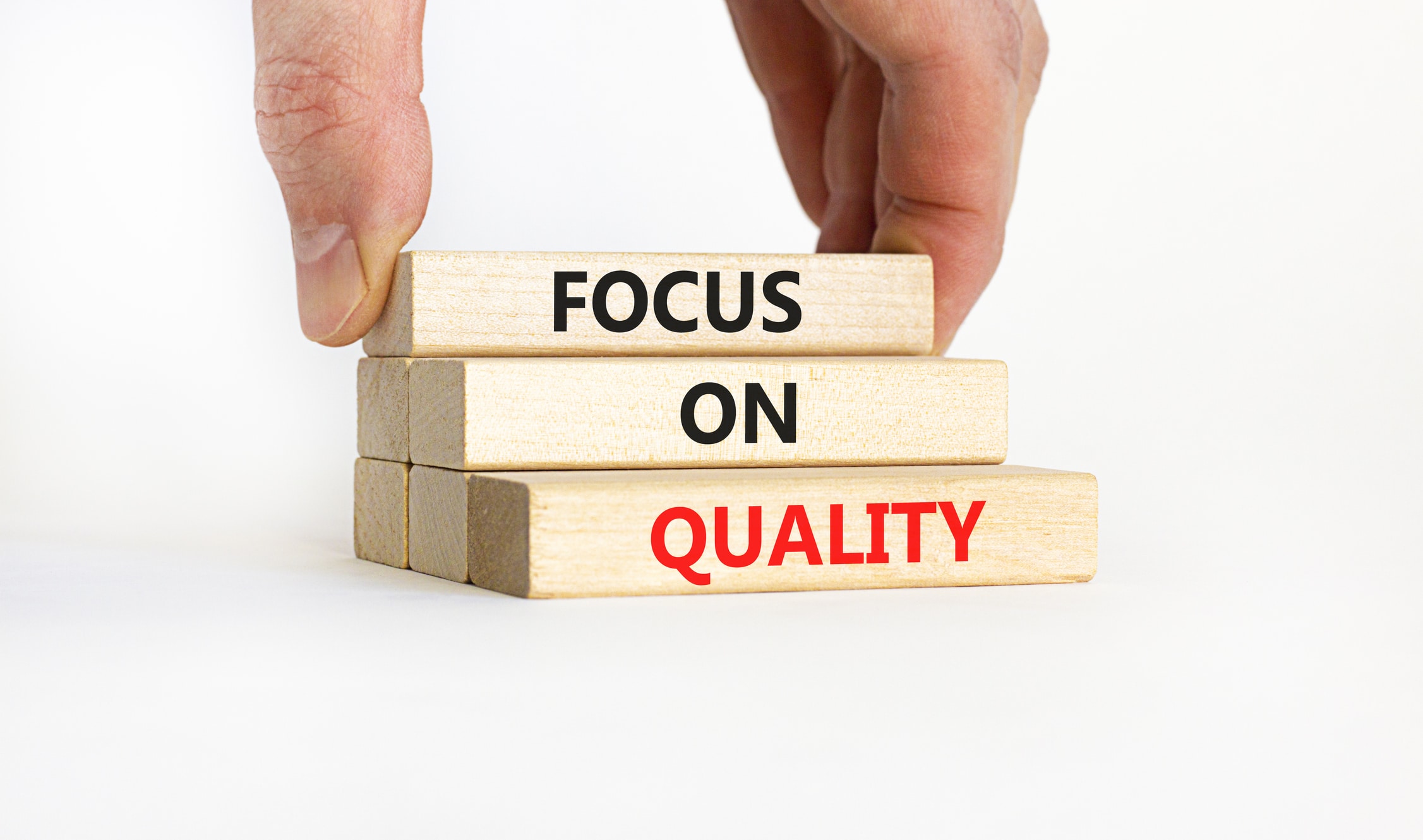Having been an industry analyst for over 25 years, one of the activities I most often help end-users with is product selection. It may take the form of a 30-minute call just to get ideas on which suppliers to consider. Or it may be a multi-day consulting effort to run a bias-neutral, scorecard-based effort to shortlist the top one to two contenders. In most cases, there are multiple factions within an organization, all with their ideas as to which type of solution and which vendor would best solve their problem. Regardless of the outcome, one of the lessons learned when investing in new technologies has been the importance of picking adaptive systems that can evolve as needs and priorities change. No matter how much we all like to think we can see the future, something always seems to come along and alter expectations, causing the need for change.
Many organizations start their software selection journey by turning to one of the analyst industry ranking tools such as the Forrester Wave or the Gartner Magic Quadrant. Most often on the initial list of vendors they consider are the incumbent, as long as there is a solution in place and it is time to upgrade or replace. Next consideration is given to other key application providers – those in the upper right quadrant of the analyst firm’s market positioning chart, the vendor that most recently came calling, or the solution provider that did a great demo at the last trade show attended.
Companies that are radically disrupting their market tend to look at suppliers who are the most cutting edge as well – often new startup vendors that have little industry experience but a lot of new technology. These new market entrants usually gather attention early, positioning the strongest reason for adoption being the benefit of investing in new technologies. This approach can then drive a selection decision to be in the far right of any quadrant-based tool. Ironically, this might be one of the worst things they should do.
Disruptive Companies Need to Move Fast
As a mentor in several university entrepreneurial programs, one of the things that we emphasized most often is the 10X factor. The key to gaining market traction, once a minimum viable product (MVP) is produced, is to grow the number of downloads, sales, or other measures of product growth by a factor of at least 10 for each of the first three years. Your odds of success are greatly reduced if you can’t approach that kind of growth factor.
This means you need a reliable production process that can quickly scale. The other thing most disruptive companies learn is that the MVP must also adapt quickly. Products that are on the cutting-edge will constantly be testing existing limits and often need to change to accommodate the market reaction to the disruption. One example of this is the need to comply with regulations in multiple industries when introducing a cross-industry product.
Consider the long-awaited introduction of a viable flying car. Ever since the 1950’s there has been the promise of a hybrid car-airplane that would revolutionize travel. Early attempts proved technically doable but not commercially viable. A Slovak company appears to have finally beaten the odds and produced a car that could prove viable. After obtaining an airworthiness certificate comes the hard part – trying to get the vehicle accepted across the global regulatory challenges. Needing to comply with both vehicular and aircraft standards, the future iterations of the vehicle will undoubtedly need to quickly evolve as they move into new markets.
Slow is Smooth and Smooth is Fast
Trying to be quick often entices many organizations to embrace speed at all costs. In the selection of software, this can sometimes lead to picking a solution just based on investing in new technologies but overlooking other important selection criteria. The problem is that placing too much emphasis on disruptive technology can lead to future issues when launching new products that are undergoing rapid change.
The advice I always gave clients that were in fast-growth markets was to select a package that is both established in the industries you are trying to disrupt, has the latest features to support future needs, but is also highly configurable so it can adapt as you grow. In operations, this means your manufacturing execution system/ needs to have relevant domain expertise embedded in the workflows and record-keeping but also be configurable and capable of handling numerous engineering change orders (ECOs) as your product evolves.
The expression “slow is smooth and smooth is fast,” attributed to the US military special forces but has been adopted by numerous other disciplines, applies in this case. Any racecar driver will tell you that the fastest way around a course is to maintain a consistent line and avoid sliding. This also applies to your business. By putting technology in place that allows you to be consistent and smooth, you will operate at a pace that will support rapid growth.
It is easy to get caught up in all the hype believing that the only way to succeed is to invest in disruptive technology. With a “smooth is fast” approach, your best option is to pick a supplier that has a track record of domain expertise as well as an adaptive technology foundation.





